I am learning how to use Discrete Fourier Transform(DFT) to find the period about a^x mod(N), in which x is a positive integer, a is any prime number, and N is the product of two prime factors p and q.
For example, the period of 2^x mod(15) is 4,
>>> for x in range(8):
... print(2**x % 15)
...
Output: 1 2 4 8 1 2 4 8
^-- the next period
and the result of DFT is as following,
(cited from O'Reilly Programming Quantum Computers chapter 12)
There are 4 spikes with 4-unit spacing, and I think the latter 4 means that period is 4.
But, when N is 35 and period is 12
>>> for x in range(16):
... print(2**x % 35)
...
Output: 1 2 4 8 16 32 29 23 11 22 9 18 1 2 4 8
^-- the next period
In this case, there are 8 spikes greater than 100, whose locations are 0, 5, 6, 11, 32, 53, 58, 59, respectively.
Does the location sequence imply the magic number 12? And how to understand "12 evenly spaced spikes" from the righthand graph?
(cited from O'Reilly Programming Quantum Computers chapter 12)

